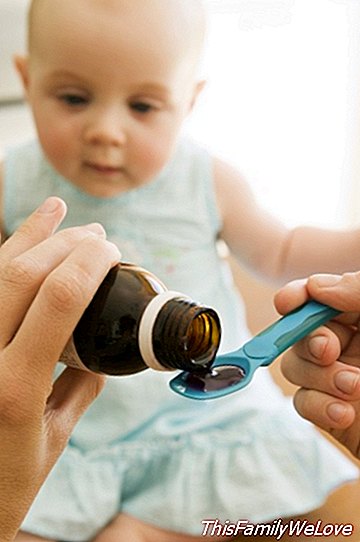Care for a cold

With two years probably our baby has suffered between eight and ten colds, especially if you go to the nursery. These are caused by certain viruses that circulate through the air, being easy to infect. Therefore, it is necessary to know the keys to treat a cold. Here we give you some ideas to cope better and know how to deal with it.
The cause of colds is usually an easily contagious virus, which in babies canweaken defense systems and favor the entry of bacteria that cause other complications such as bronchitis or ear infections. Thus, the most common will be that the cold lasts between three and ten days and that it affects the nose, it may cough a little and even have a fever. Nor is it a symptom of alarm, which, after the fever, still does not want to eat, because the infection can affect the stomach now.
Between the four months and two years, children have a great facility to catch the colds but by two or three years, this fondness for sneezing will remit without help. However, we must keep certain precautions in these first colds.
6 tips to treat a cold
1. Go to the doctor. In principle, these processes are not important, but if the fever or congestion last more than three days, or your hearing bothers you, we should consult the pediatrician. Only the doctor can determine the need for a medication for the baby, and it will be he who determines the quantity and periodicity of this one.
2. Make normal life. A baby with a cold should follow his normal life, walks, bath, etc., unless he has a fever or infection. Even in winter, the child should have his daily walk. The best hours are the last in the morning and the first in the afternoon in winter, and the first in the morning and the last in the afternoon in the summer.
3. Use a humidifier.It is possible that, if the colds are very constant, the pediatrician advises to use a humidifier in the room, or administer drops for the nose, but we will only use them under prescription, and after having cleaned the child's nostrils.To do this, we will have You tilt your head back and keep it a minute like this after putting the drops.
4. Avoid overcoating. At home we should not shelter him too much, so that his body learns to regulate the temperature. The home temperature should be around 20-22 ° C, and we should also avoid currents.
5. Eliminate contagious routes. Without becoming obsessed, we must try to eliminate possible routes of infection for the baby. For example, if a mom or dad is the one who gets cold, try to wash your hands to play with the child or prepare your food and avoid coughing over or giving him a taste of his soup.
6. Use traditional methods They help are the warm bath and give it liquid often. In addition, we can resort to some techniques such as the dropper to pour the syrup directly into the throat and prevent spitting. It also has good results to do it on the side of the mouth and squeeze the cheeks of the child. Immediately, we will put the pacifier.




